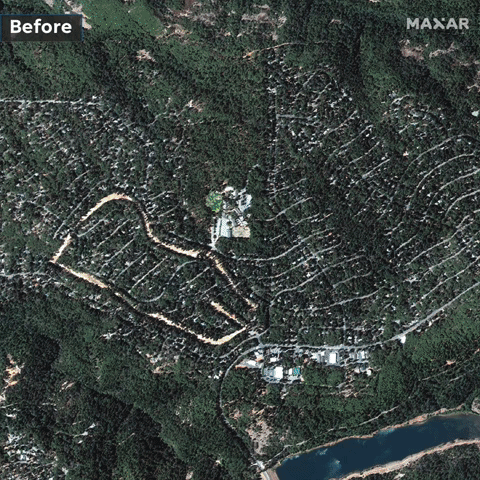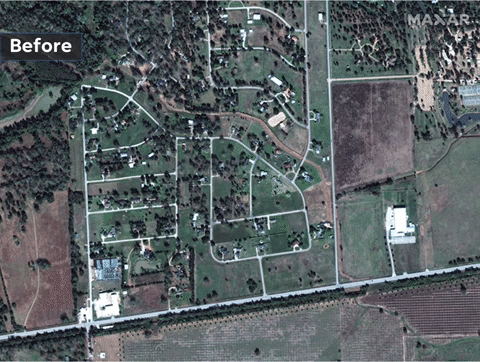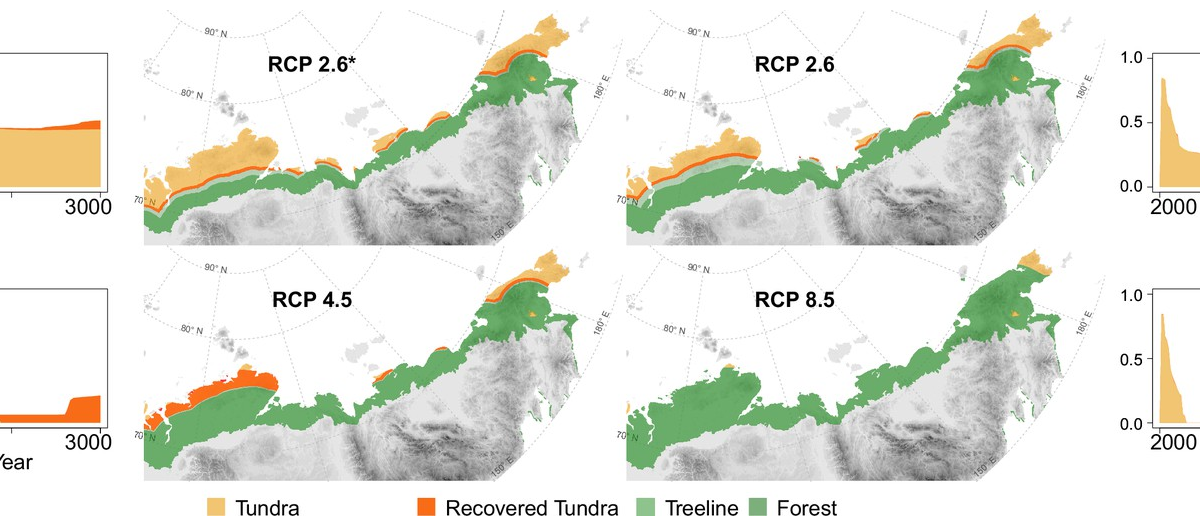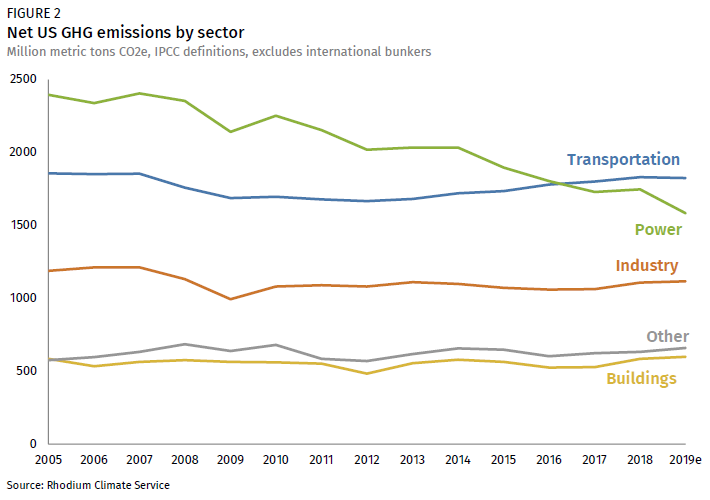A decade of change from 300 miles above

By Jim Sergent
27 December 2019
(USA TODAY) – The end of each decade affords us a chance to look at our world from the proverbial 30,000-foot view and see how we’ve changed.
With the help of Maxar, a provider of advanced, space-based technology solutions, Google and NASA, we’ve taken many more steps back – more than 300 miles above Earth to be exact.
That perspective reveals some engineering marvels stoked by commerce and others driven by international power struggles. The views help us see how our technological advances could put us at risk in the decades to come. […]
As the structures and global economy grew during the decade, so did the levels of greenhouse gases in our atmosphere and the intensity of our climate events. Each year has brought new highs in carbon dioxide – the greenhouse gas most responsible for global warming.
Three hurricanes in 2017 are among the five costliest weather and climate disasters in U.S. history. Hurricane Harvey dropped record-breaking amounts of rain – more than 40 inches in areas around Houston – aided by unusually warm water in the Gulf of Mexico.

“We show, for the first time, that the volume of rain over land corresponds to the amount of water evaporated from the unusually warm ocean,” said Kevin Trenberth of the National Center for Atmospheric Research. Seawater in the Gulf was nearly 86 degrees, which helped boost Harvey’s intense rainfall.
Harvey took 89 lives and caused $130 billion in damage, according to NOAA. Less than two weeks later, Hurricane Irma devastated the U.S. Virgin Islands – St. John and St. Thomas – as a Category 5 storm before making landfall at Cudjoe Key, Florida, as a Category 4 storm. The storm killed 97 people and cost $52 billion.
The biggest loss of human life came 10 days later when Hurricane Maria made landfall in southeast Puerto Rico. The storm left 2,981 dead – a toll that took months to determine – and cost $93.6 billion.
The Camp Fire in 2018 was the deadliest and most destructive fire in California history, burning nearly 14,000 homes and killing 85 people. PG&E, whose equipment ignited the fire, said recently that it’s looking into technology-based solutions to the pressing problem of wildfires, which have become increasingly destructive for a number of reasons, including climate change, a major contributor to vegetation drying and becoming more combustible. [more]


